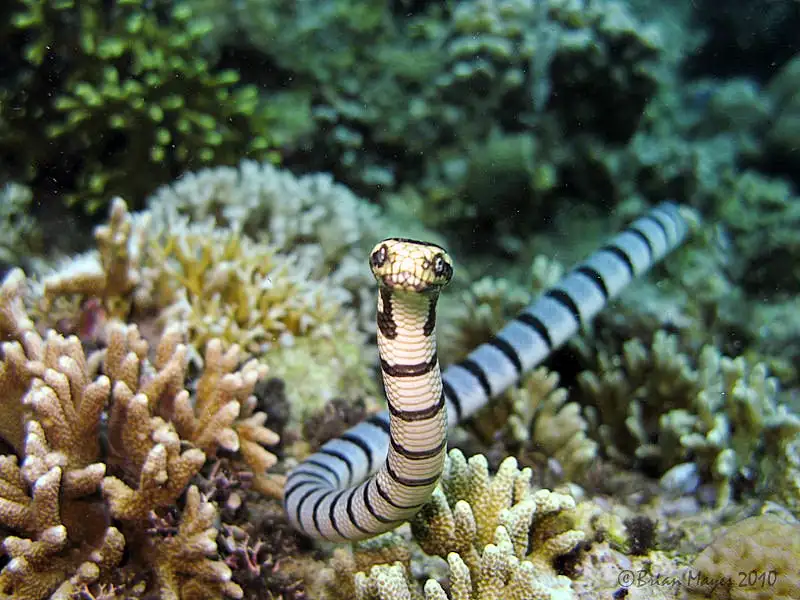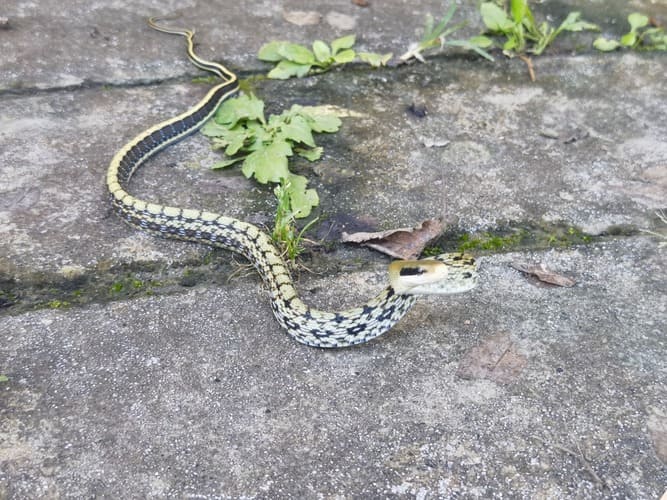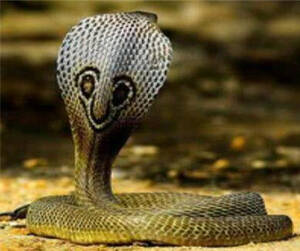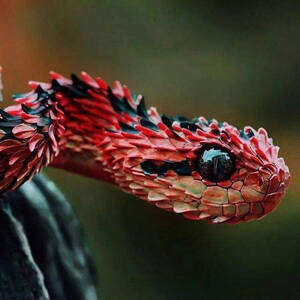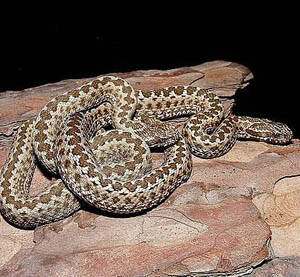Varanus komodoensis
IUCN
LCBasic Information
Scientific classification
- name:Varanus komodoensis
- Scientific Name:Varanus komodoensis,dragon、komodo dragon
- Outline:Squamata
- Family:Squamata Varanidae Varanus
Vital signs
- length:2-3m
- Weight:68-91kg
- lifetime:
Feature
The Komodo dragon is the largest lizard known to exist.
Distribution and Habitat
Komodo dragons are found in the Lesser Sunda Islands of Indonesia (Komodo, Rinca, Motang, Flores).
Adult Komodo dragons live mainly in savanna forests. They prefer open, low-lying areas with weeds and shrubs, but they have also been found in other places, such as beaches, mountaintops, and dry riverbeds.
Appearance
The Komodo dragon's tail is almost as long as its body, its limbs are as thick as an adult's arm, and its head is about the size of a volleyball. The skin color of the cub is green, yellow and black. The adult monitor lizard is dark brown.
Details
The largest lizard on earth is the Komodo dragon. The Komodo dragon, scientifically known as Varanus komodoensis (Ouwens, 1912), is a species of Varanus in the Varanidae family. Also known as the Komodo dragon, it is the largest lizard known to exist today. The Komodo dragon is ferocious, and adults eat young of the same species, and sometimes eat other adults. It can move quickly and occasionally attack humans; but it mainly feeds on carrion and goes out of its cave to forage for food thousands of meters away every day.
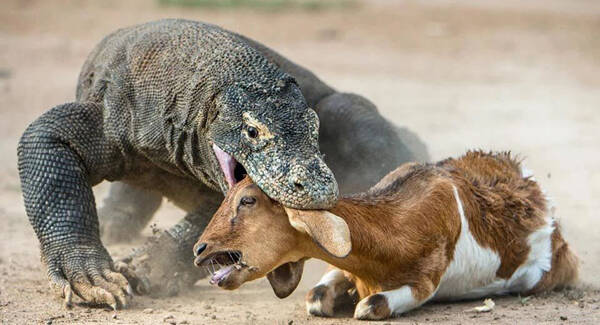
The Komodo dragon is the largest known lizard, with an average body length of 2-3 meters; average weight: male 79-91 kg, female 68-73 kg, the longest 3.13 meters and 166 kg (including undigested food), and captive ones are usually heavier than those in the wild. Its tail is almost as long as its body, its limbs are as thick as an adult's arm, and its head is about the size of a volleyball. The skin color of the cubs is green, yellow and black. The adult monitor lizard is dark brown all over.
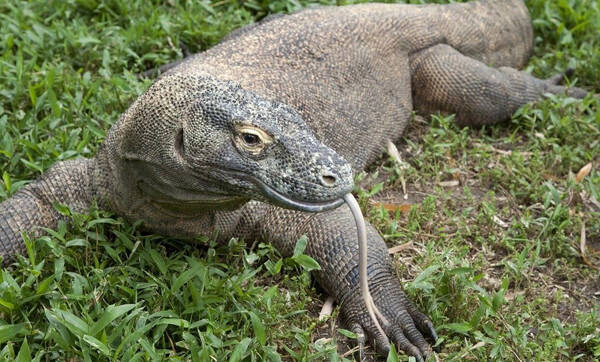
The Komodo dragon is a species left over from the dinosaur era. They like hot and dry places, usually living in dry, open grasslands, savannas and low-altitude tropical forests. As carnivorous monitor lizards, they feed on wild boars, deer, monkeys, snakes, etc. on the island, and sometimes prey on weaker species and young. They occasionally attack humans or forage for human corpses. As of 2010, about 12 people died from the venom in the wounds bitten by monitor lizards.
People used to hunt Komodo dragons for their hard and thick skin, or catch them in zoos for exhibition. As a result, there are no more than 3,000 Komodo dragons left, making them one of the most precious animals in the world and a vulnerable species of the Indonesian National Animal Protection Union and the Nature Conservation Union. They are protected in the national park on Komodo Island. In 1991, Komodo National Park was registered as a World Heritage Site.

Komodo Island is deserted all year round. Later, the Sultan of Sumbawa began to exile criminals to the island to serve their sentences and found giant lizards, but no one believed it. In 1911, an American pilot accidentally discovered the "monster" when he flew a small plane low over the island of Komo. In 1915, the Indonesian government regarded this animal, which can't be found anywhere else on the earth, as a national treasure and strictly protected it. In 1926, American Borden filmed a lot of footage of the natural scenery and monitors of Komodo Island. In 1931, he made the film "KINGKONG", and the Komodo dragon began to be known to the world. In 1990, the Indonesian government established the Komodo National Park and officially opened it to tourists.
On September 4, 2021, the World Conservation Union updated the Red List of Endangered Species, and the protection level of the Komodo dragon was upgraded from "vulnerable" to "endangered".
The largest lizard in the world: The largest lizard is the Komodo dragon, with an average male body length of 2.59 meters and a weight of about 79-91 kilograms. It is believed that the largest accurately measured specimen is a male specimen presented by Bima Sultan to an American zoologist in 1928. In 1937, it was briefly exhibited at the St. Louis Zoo in Missouri, USA, when it was 3.10 meters long and weighed 166 kilograms. (Guinness World Records)

